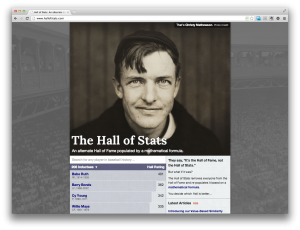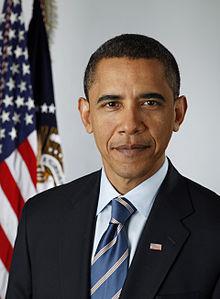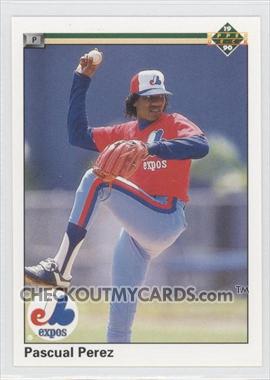I’ve been in a bit of a baseball-writing hibernation lately. Today I’m happy to show you why.
Over the last couple years, I’ve been obsessed with the idea of a Hall of Fame populated by a single statistic. I whipped up a little stat called wWAR and built a small site called The Hall of wWAR. But I wasn’t done yet. The formula needed tweaking. The site could be better.
I enlisted the help of a couple dear friends who happen to be the best software developers I’ve ever seen—Jeffrey Chupp and Michael Berkowitz. We’ve been hard at work and have a little something to share with you.
There are so many things here that I’m proud of, so I’ll just share a few in some bullets…
- Like the Hall of wWAR, the Hall of Stats kicks everybody out of the Hall of Fame and re-populates it based on a formula.
- That formula is expressed as “Hall Rating” and uses WAR and WAA (from Baseball-Reference) as the main inputs.
- A Hall Rating of 100 represents the Hall of Fame borderline. Over 100? You’re in. Under 100? You’re out.
- The site features every player in history, from Babe Ruth to Bill Bergen.
- Every player page features visualizations of the player’s career run values and year by year WAR and WAA stats.
- Some players (just a few so far) feature a short bio and (around 400) a photo.
- Perhaps my favorite part of the project is our value-based similarity scores. While Bill James’ scores are based on raw statistics, these are based on WAR run value components.
- There are a bunch of other articles so far, too.
- If you’re into the nitty gritty, there About page is super-detailed.
I invite you to take a look, poke around, and let me know what you think. Thanks!




